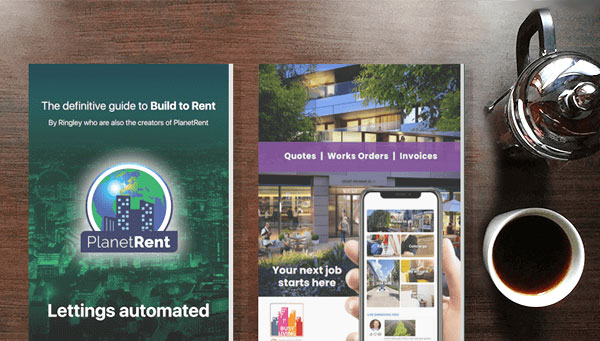20/10/2022
by: Mary-Anne Bowring

Real Estate Allocations: Steady Growth in Build to Rent
The demand for Build to Rent (BTR) properties is holding steady, with a consistent influx of investment from global investors, especially from Europe and America. This sector remains attractive due to its ability to generate income and act as a hedge against inflation, despite challenges such as a dysfunctional planning system, evolving consumer attitudes towards renting, regulatory changes, and an adapting supplier market.
Investment Trends in UK Build to Rent
Despite being a relatively young market, with the first UK Build to Rent product launched only a decade ago, investors are increasing their exposure to this asset class. The BTR market still faces several hurdles, but investors are adapting by optimizing investment value and harnessing expertise through models that allow for long-term involvement. A vertically integrated approach, where investors also develop and operate properties, is often preferred due to the long-term benefits it offers.
Challenges of the Build to Rent Model
Building a successful BTR operation requires significant upfront investment, time, and ongoing resource allocation. The asset class operates on tight margins, so many investors look for external partners with experience, local expertise, and technological capabilities to help mitigate risks and reduce the operational burden. The market for operating partners has grown significantly, with many of these partners still finding their footing in a market that is still relatively new.
The Growing Role of Operating Partners in Build to Rent
Operating partners in the BTR space are evolving as they aim to provide more sophisticated services beyond traditional property management. While customer service offerings such as amenities, staff support, and property maintenance are important, investors are looking for more comprehensive strategies. The focus is shifting towards asset management, financial tracking, compliance, data collection, and sustainability, among other critical areas that help unlock long-term value.
The Need for Asset Management Thinking in Operating Partners
Operating partners are encouraged to adopt an asset management mindset rather than focusing solely on property and lettings management. This approach allows them to demonstrate to investors their ability to maximize value throughout the entire asset lifecycle. By engaging early in the process, from deal structuring to development and management strategies, operating partners can enhance value through strategic planning, ESG accreditations, and operational optimization.
Ringley’s Role in Unlocking Long-Term Value for Investors
Ringley, with decades of experience in investment, planning, development, and operations, is uniquely positioned to help investors achieve their goals. By adopting a vertically integrated model, Ringley can offer greater efficiency and cultural consistency throughout the entire capital stack, minimizing reliance on multiple partners and reducing the risks associated with competing commercial interests. This streamlined approach accelerates stabilization, allowing investors to focus on their pipeline of assets while maximizing gross-to-net value.
Ringley, with decades of experience in investment, planning, development, and operations, is uniquely positioned to help investors achieve their goals. By adopting a vertically integrated model, Ringley can offer greater efficiency and cultural consistency throughout the entire capital stack, minimizing reliance on multiple partners and reducing the risks associated with competing commercial interests. This streamlined approach accelerates stabilization, allowing investors to focus on their pipeline of assets while maximizing gross-to-net value.
https://btrnews.co.uk
 1667
1667












Keep up to date
(Weekly, fortnightly or monthly)
To find out more what we do with your data, please read our Privacy Policy

 0
0













